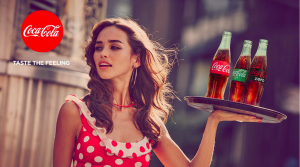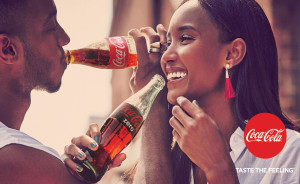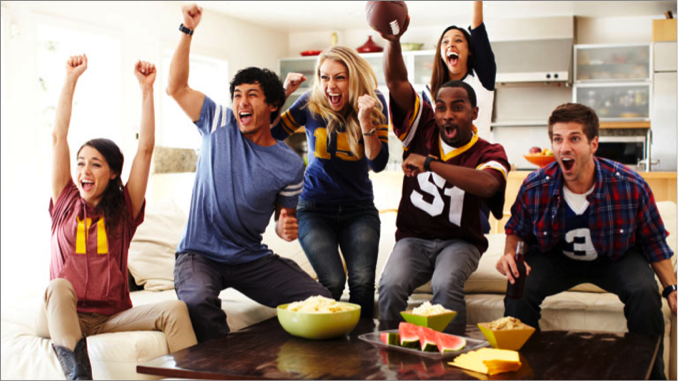It all started in late December when Verizon let the ball (or should I say balls) drop by debuting a new commercial claiming that their performance was 1st in the US for data, calls, speed, and reliability. The ad was titled, “A better network as explained by colorful balls.”
In the commercial, the four major US carriers including Verizon, Sprint, T-Mobile and AT&T each have their own colored balls that race down a path and into their own designated pool. Verizon wins the race, displaying their superiority over the other brands while supporting the credibility of their RootMetrics study.
Verizon was obviously hoping to see a response from consumers, resulting in new customers and higher sales. However, what they didn’t foresee was the response they would get from competitors they’d just thrown under the bus.
T-Mobile’s commercial, titled, “The rest of the story,” accused Verizon of omitting information, claiming they have added coverage for 100 million people in the last two years. The ad ended with, “Verizon didn’t tell you that, did they?” – a clear shot at the rivaling brand.
Sprint felt the need to get in on the action, as well, defending themselves in a commercial titled, “Sprint Presents: Nice Try Verizon.” In the commercial, they too accuse Verizon of leaving out information, claiming that they have the fastest download speeds than any other carrier.
How’s that for a little competition? The good news for us is that while these leading carriers fight over who is better, it is the consumer who ultimately wins. Both Verizon and Sprint offer to pay for the fees to change carriers, which can sometimes be several hundred dollars. Sprint also started a promotion that cuts their rates in half. Not too shabby a deal.
Better offers and new campaigns make the prospect of changing carriers more appealing, showing the prevalent nature – and the continued effectiveness – of comparative advertising.






